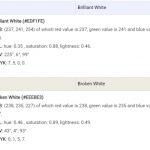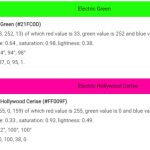PPPoE stands for Point to Point Protocol over Ethernet. It is a networking protocol that has been around since 1999. It stands for Point-to-Point Protocol over Ethernet, and it is designed to encapsulate PPP packets inside of an Ethernet frame. This allows DSL providers to use their existing infrastructure to provide internet access while still using the same old telephone lines they were used to delivering phone calls on in the 1990s!
PPPoE is used by ISPs to provide service based on the distance of a user’s connection point from their central office. This protocol was developed as an evolution of Point-to-Point Protocol (PPP) and uses encrypting authentication methods, which are sent over Ethernet frames. PPPoE can be used with any device that supports it: routers, switches, gateways or modems.
PPPoE is easy to set up and it supports multiple computers on a LAN. However it requires more data to be sent over the Internet line.
PPPoE is a configuration option in Windows’s Network control panel or Mac OS’s Network system preference. You will need to enter the service name and username and password that your ISP gave you to make a PPPoE connection. This is a way for the Internet Service Provider to identify your computer then establish your internet connection.
The PPPoE module on a computer accepts packets from the internet service provider and sends them to the Ethernet card. The Ethernet card then passes these data frames onto the physical layer (PHY) of the OSI model, which can be either twisted-pair or fiber optic cable depending on how it is configured.
A network interface card has two parts – one for sending data packets and another for receiving them; either half will work without its partner. The transmitter converts digital signals into electromagnetic waves so they can move through space like sound moves through air; the receiver does this in reverse when accepting converted electromagnetic waves back into electrical signals that computers understand.





